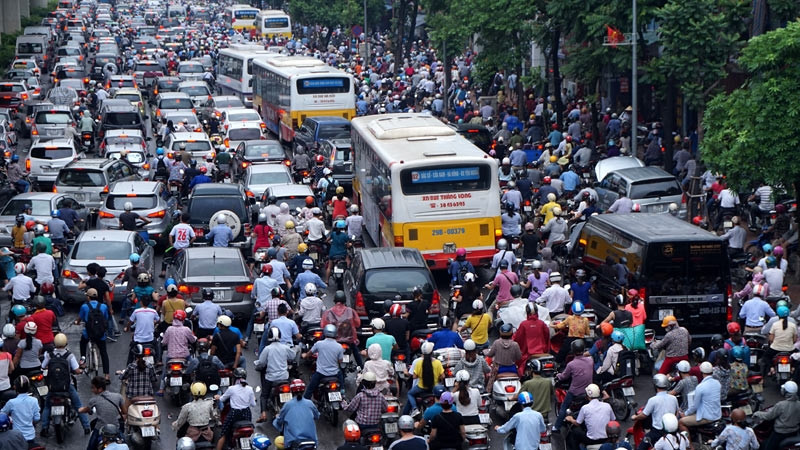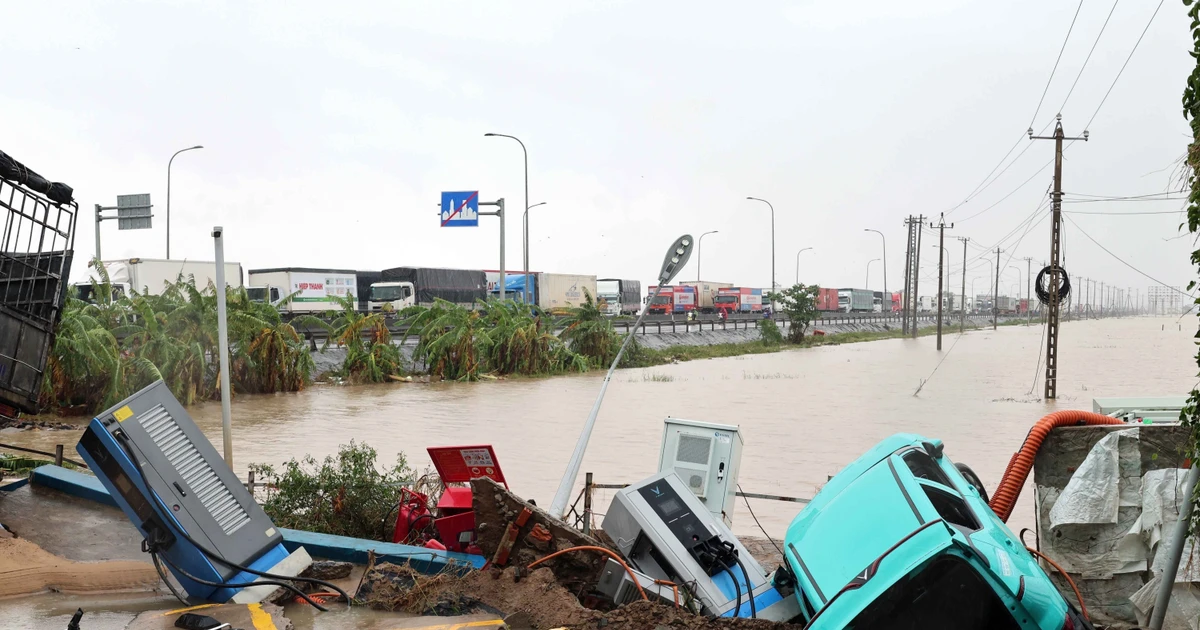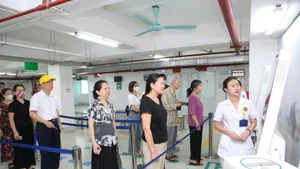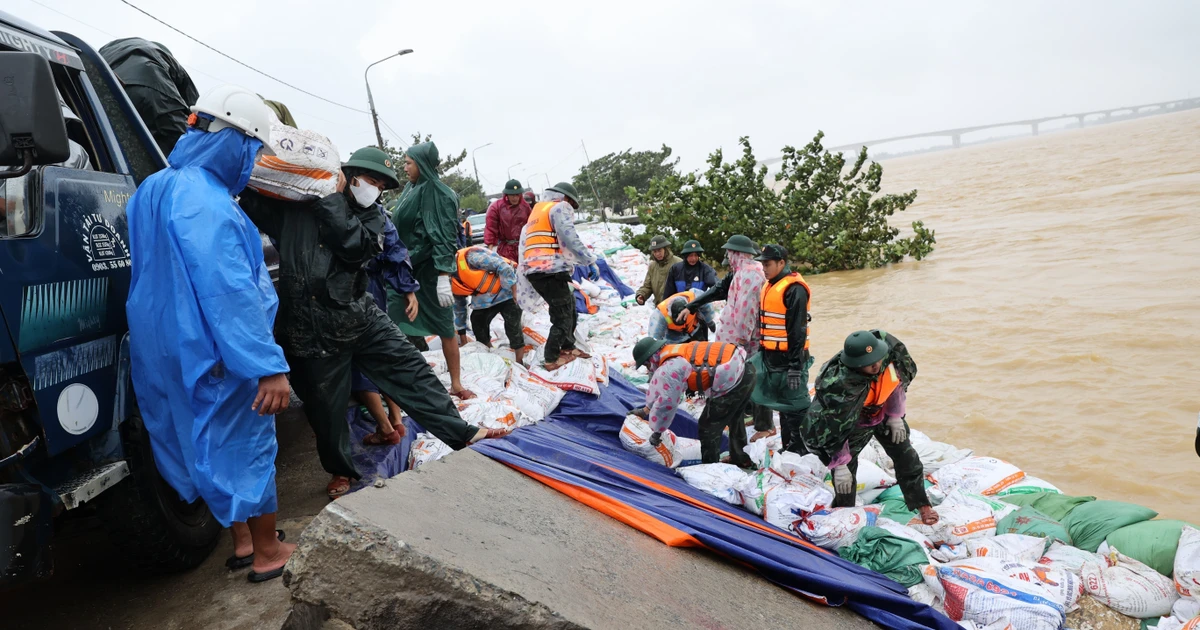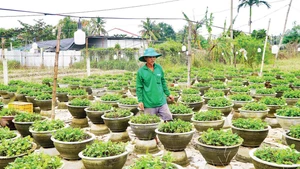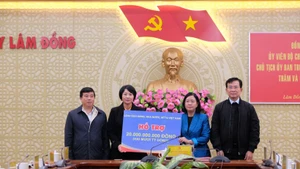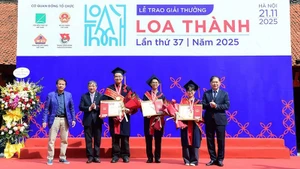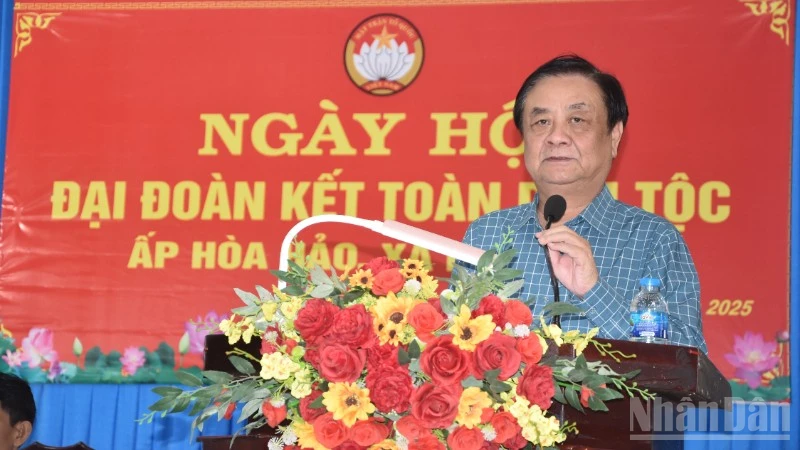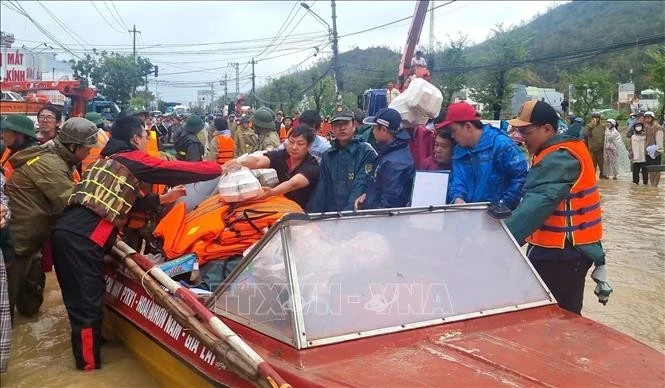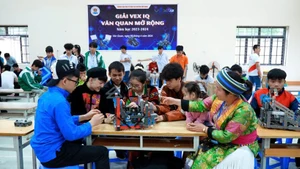In 2016, the capital’s authorities made great efforts to remove congestion from 20 out of 44 sites across the city; however, currently, the number of such sites has increased to 41.
In streets towards the centre, arterial roads and areas around bus stops, traffic congestion always occurs during peak hours.
According to the experts, there are many reasons for traffic jams, including inconsistent transport infrastructure. In addition, the progress of the construction of urban railway lines is very slow, creating difficulties for traffic. It can be seen that the number of personal vehicles in Hanoi has increased rapidly. There are now more than 5.045 million motorcycles, an average increase of 7.66% over the 2010-2015 period; over 546,000 cars of all kinds, up 12.9%; over 1 million bicycles; and over 10,000 electric bikes in Hanoi. Meanwhile, the development pace of transport infrastructure in the city only reached an average of 3.9% per year. The imbalanced development of personal transport vehicles and transport infrastructure has led to increasingly serious traffic jams.
Furthermore, more urban areas and high-rise buildings have been constructed, with a very high population density, putting pressure on transport infrastructure.
The problem of urban transport requires drastic, urgent and synchronous measures from the Government, ministry, agencies and the city. It is highly essential to strictly comply with and implement urban planning as well as to set out plans to limit the ownership of personal vehicles. The Government should have a special mechanism for Hanoi to accelerate the investment and implementation of urgent transport projects as well as to authorise the city to select investors for important and urgent public-private partnership (PPP) infrastructure projects.
The division of lanes for vehicles should be appropriate in all streets, particularly in the city’s centre, with priority given to public vehicles. The capital’s relevant agencies need to implement mechanisms and policies related to the development of public passenger transport, particularly promoting the bus network.
The investors and authorities should ensure 16%-26% of the land for transport as planning urban areas according to the Road Traffic Act and ensure areas for parking cars and motorcycles during the construction of high buildings, as well as build multi-storey car parks in the inner city.
It is necessary to continue to relocate the headquarters of the State administrative agencies, universities, production facilities and hospitals out of the inner city.
